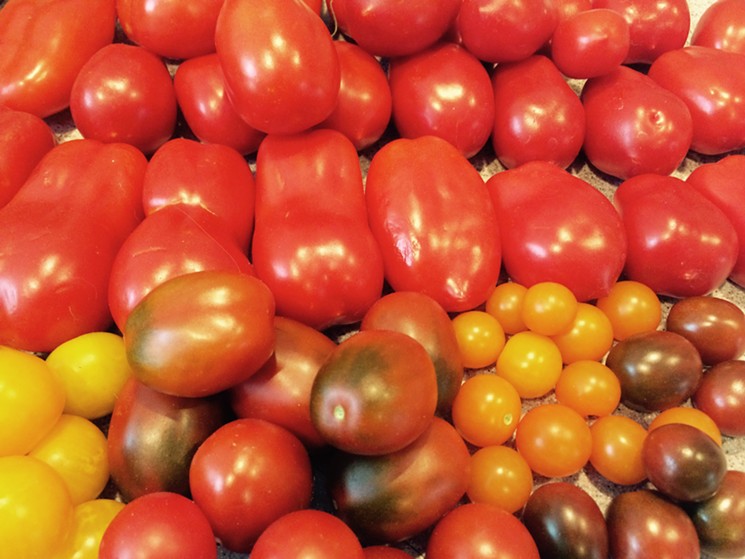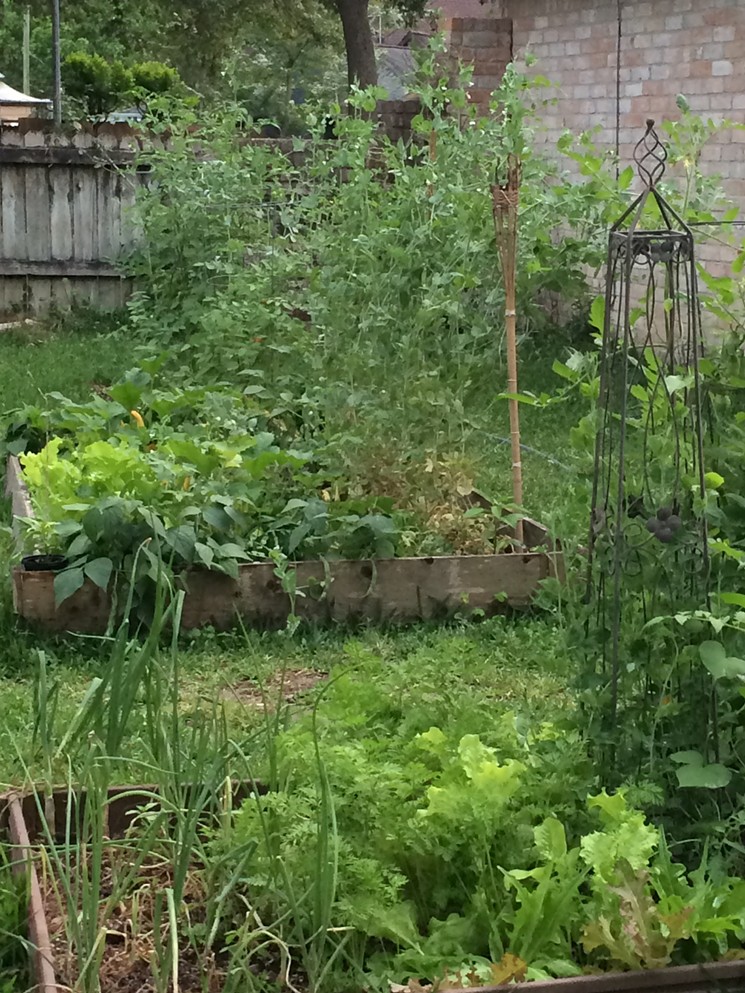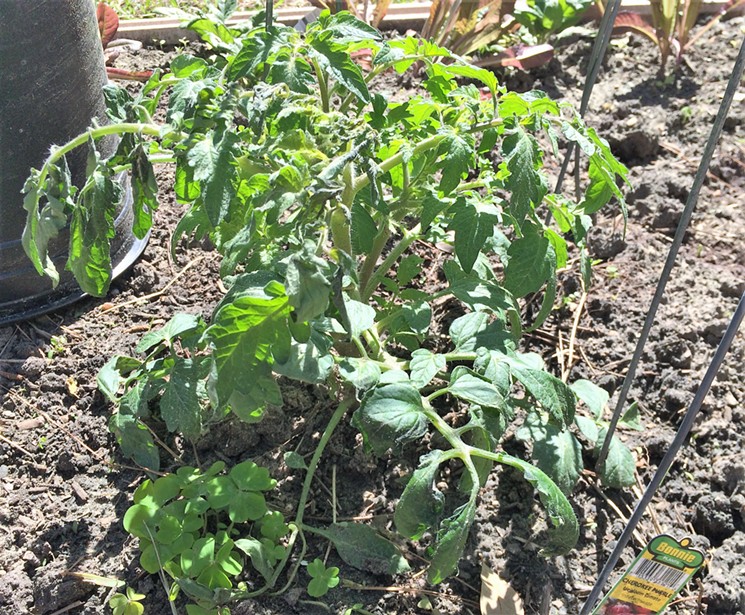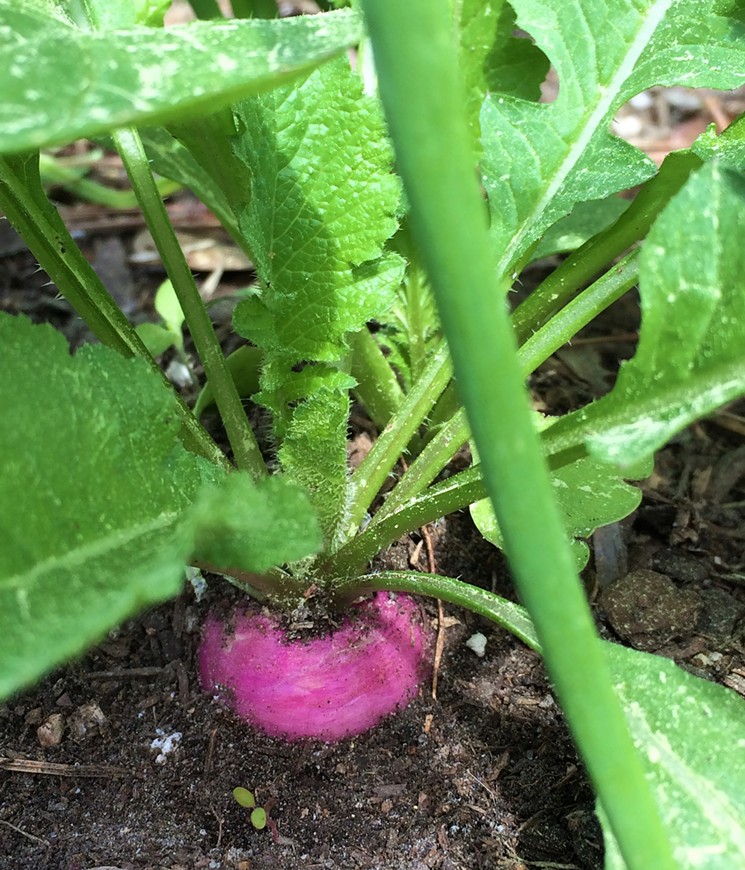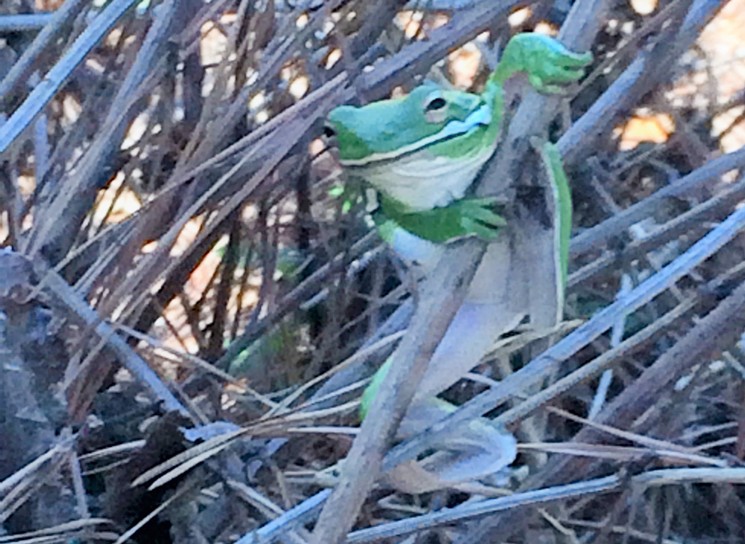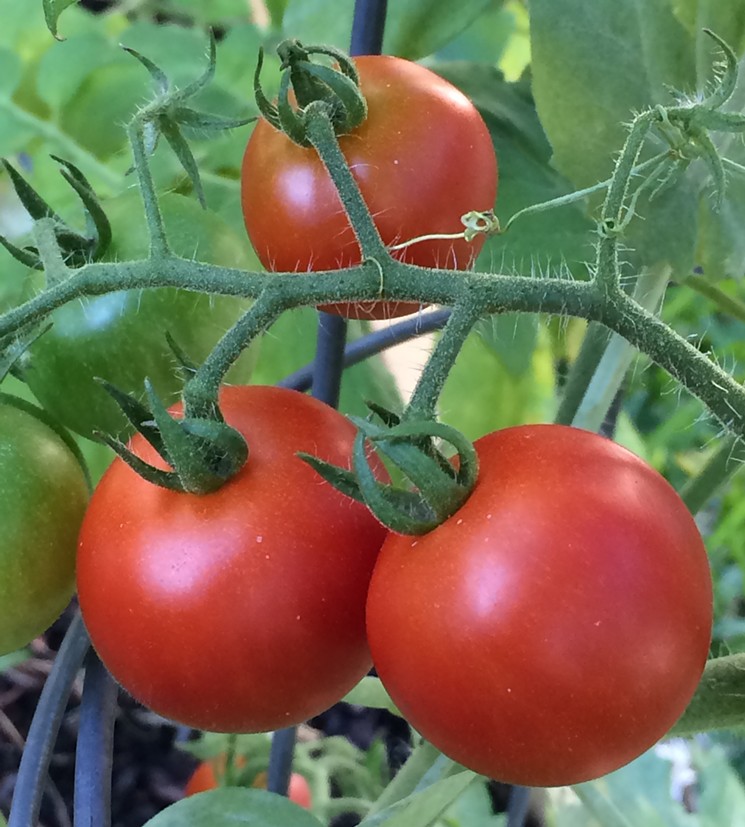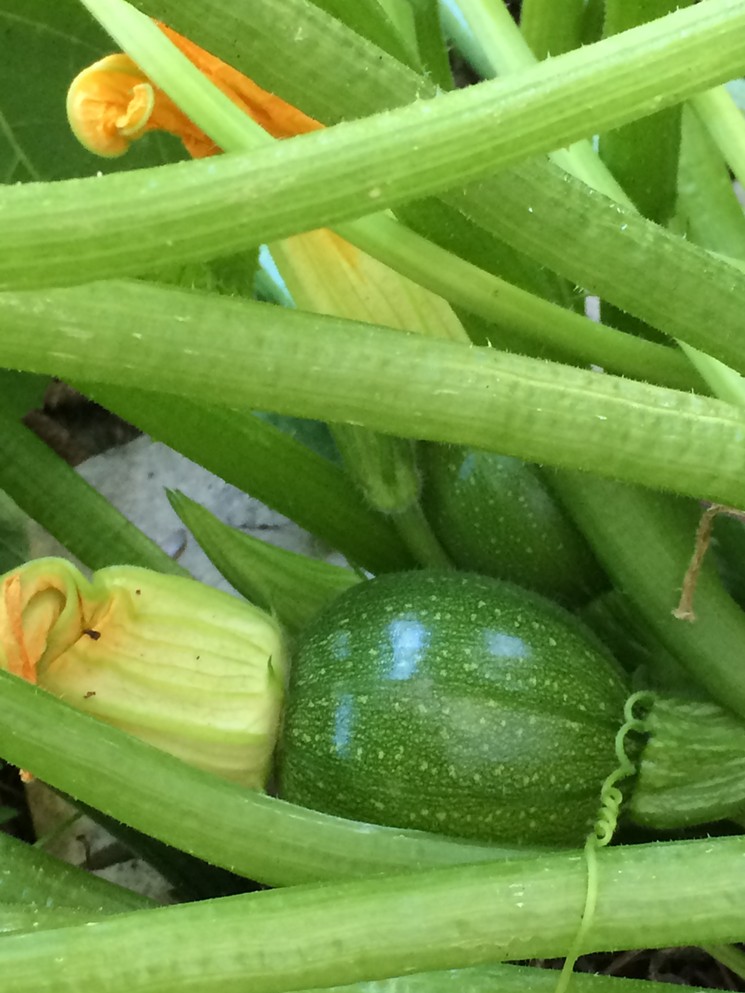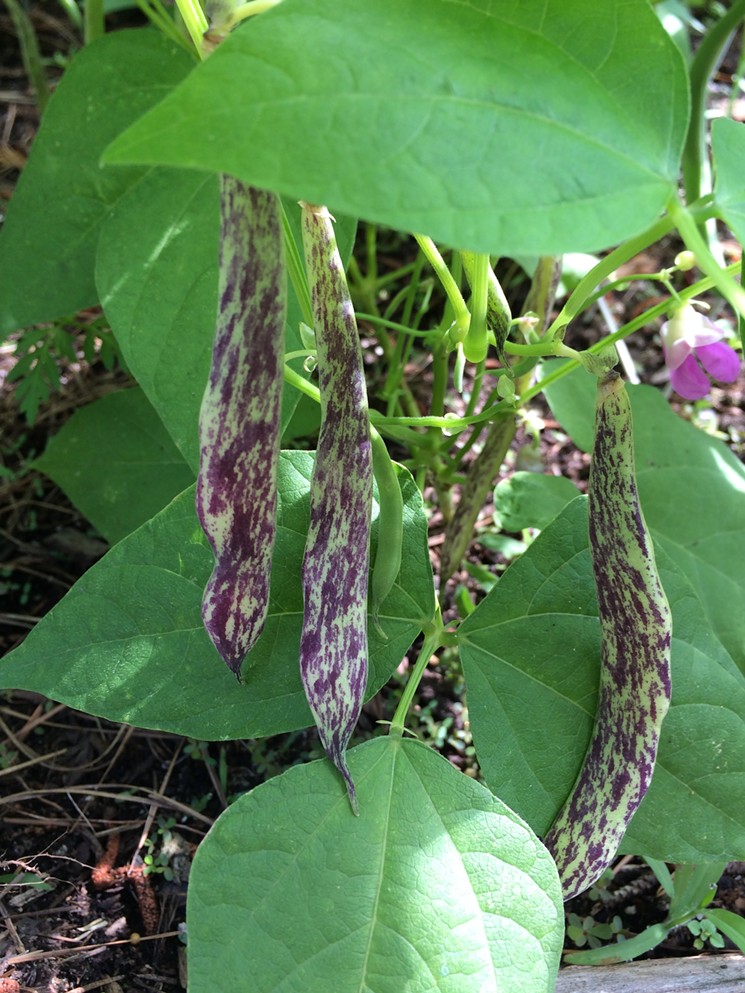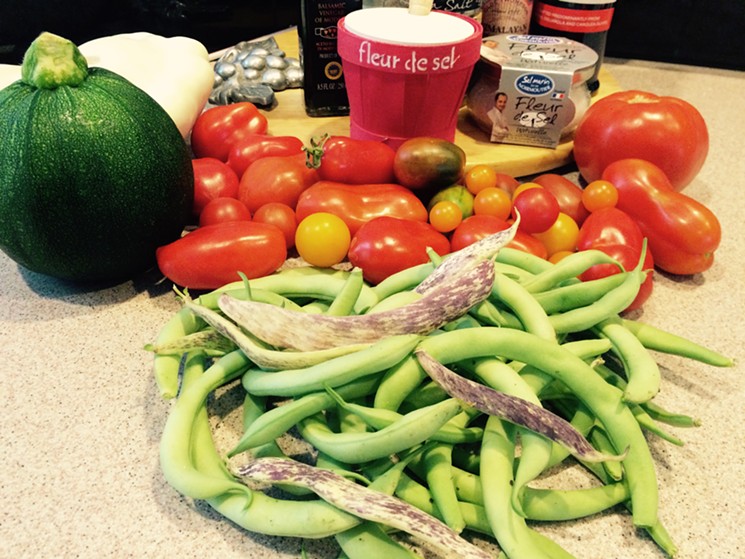Support Us
Houston's independent source of
local news and culture
account
- Welcome,
Insider - Login
- My Account
- My Newsletters
- Contribute
- Contact Us
After the Freeze: Get Your Veggies Growing
[
{
"name": "Related Stories / Support Us Combo",
"component": "11591218",
"insertPoint": "4",
"requiredCountToDisplay": "4"
},{
"name": "Air - Billboard - Inline Content",
"component": "11591214",
"insertPoint": "2/3",
"requiredCountToDisplay": "7"
},{
"name": "R1 - Beta - Mobile Only",
"component": "12287027",
"insertPoint": "8",
"requiredCountToDisplay": "8"
},{
"name": "Air - MediumRectangle - Inline Content - Mobile Display Size 2",
"component": "11591215",
"insertPoint": "12",
"requiredCountToDisplay": "12"
},{
"name": "Air - MediumRectangle - Inline Content - Mobile Display Size 2",
"component": "11591215",
"insertPoint": "4th",
"startingPoint": "16",
"requiredCountToDisplay": "12"
}
,{
"name": "RevContent - In Article",
"component": "12527128",
"insertPoint": "3/5",
"requiredCountToDisplay": "5"
}
]
Houston has had a record wet winter and an unusually late freeze this year. We Space City residents aren't usually susceptible to cabin fever. There are usually a few sunny and mild winter days for margarita sipping and park bench lounging. This year has been more like living in the Pacific Northwest. While we can't completely write-off another freeze, odds are against it. As Joni Mitchell wrote in her song Woodstock, "we've got to get ourselves back to the garden". Or as Crosby, Stills, Nash and Young sing it, "gaaaaaaaarden."
Backyard vegetable gardening seems to increase in popularity every year. More and more people want to know where their food comes from or simply just want easy access to fresh ingredients. There's no better way than growing your own vegetables and fruit. It can be time consuming. It can be cheap or rather expensive. And after a late freeze such as this year, it can be heart-breaking for those of us who got an early start in February.
You don't have to have a large lot to grow a few herbs or even a tomato plant or two. Even a sunny windowsill can allow for a few culinary herbs to have on hand for picking and enjoying. However, if you do have a small area of lawn or even an existing flower bed, you can grow some conventional vegetables or scout out seed catalogs for more adventurous items like amaranth and winged beans.
There's still plenty of time to make up the late start in the vegetable garden. Maybe you have taken off work to be with your kids for Spring Break or maybe you're on break yourself. Grab a trowel, some store bought seedlings and a few packets of seeds. Gardening is good for your physical, emotional and some might say, spiritual health.
Here's a list of what to get done in March:
1) Take stock of what you've got
Houston gardeners have it lucky. We can grow both a spring and fall garden. However, our summer heat is a killer when it comes to certain vegetables. Tomatoes, the queen bees of the garden, are one of those plants whose fruit production is diminished and eventually halted by summer temperatures. That's why many Houston gardeners start seeds in pots in January. Risk takers will plant seedlings in mid-February hoping that there won't be any more frosts. Sometimes, the gamble pays off and they are rewarded with early harvests they then use to taunt their fellow, less adventurous gardeners. Other times, like this past month, they spend the early part of March digging up frost-bitten plants which equals time and money down the drain. Meanwhile, the pragmatists smirk.
I took a risk this year and planted a few peppers and tomatoes, on top of the onion sets, and pea and radish seeds I had sown. When the frost was predicted, I knew I would probably lose some things. Strangely, enough, the tomatoes that I covered with flannel sheets got the worst damage. The peppers and tomato plants I covered with old plastic pots got little to none. The radishes were tastier after the freeze and the lettuce and spinach are just right for harvesting.
A wise gardener sees what needs to be replaced and what might recover. You can dig up a freeze-damaged plant and stick it in a pot to see what happens or just leave it in place. Two of my worst-affected plants are putting out new growth, so I am leaving them alone to see what happens. I have the space. If you do not, you might want to start over with new seedlings.
2) Make your bed
Ideally, you should have created your vegetable beds over the winter. However, if you have not, raised beds are a great way to create a quick garden. There are plenty of books out there about square foot gardening, building layered "lasagna" beds and French intensive. I tend to be all over the place philosophically, incorporating principles of each. I even like many of the ideas of permaculture, which might be a little hippie-dippie for some. However, a healthy soil is important to healthy, fruitful plants. A raised bed allows the home gardener to create a microcosm perfect for growing vegetables. However, the cost of yards of soil, amendments and the raised bed structure itself can be daunting.
You can dig up a piece of lawn and practice the fine art (and labor) of double-digging. Or you can make it easy on yourself and stick to a container garden. I saw celebrity chef Jamie Oliver bragging on his television show about growing a small cherry tomato plant out of a coffee can. It's not ideal, but don't let lack of space or finances keep you from growing something beautiful and edible.
One thing that I stress is growing as organically as possible. While I can't say that my garden is 100 percent organic, I don't use pesticides, herbicides or chemical fertilizers. Occasionally, I will lose some plants to squash borers or disease. However, knowing that my harvest is healthier and that my garden is a friendlier environment for earthworms, frogs, butterflies, lizards, bees and birds is worth it.
3) What to plant
Growing a bushel of green beans is a waste if your family doesn't eat them. And there are only so many radishes one person can eat. Grow what you like and grow vegetables and fruit that can be more expensive at the grocery store. Standard tomatoes can be cheap and tasteless. Heirloom tomatoes are neither. If you love Asian cooking, grow some Japanese eggplants, bok choy, even lemongrass. If you want to make your own hot sauce or salsa, a couple of cayenne or jalapeno pepper plants should suffice.
Here's a brief list of what can be planted or sown in March. And you better hurry. The rain is ready to get us again.
Tomatoes: It's too late to start them from seed, so you will have to spring for potted seedlings. Look for healthy, green foliage without brown spots which could be a sign of fungal disease. This might be a tough year, because many nurseries lost some of their stock due to the late freeze. I am planting Sweet Chelsea, a wonderful and productive cherry tomato that is perfect for Houston. The fruit can sometimes get thrice the size of a regular cherry tomato. Cherokee Purple is a tasty black heirloom tomato. Early Girl will satisfy your need for an early harvest with a maturity between 50 to 57 days. Black Cherry is a beautiful, sweet and abundant plant. San Marzano and Roma are great for tomato sauces. Grow indeterminate tomatoes for production all season long. Try one or two determinate tomatoes to get a large harvest at one time for canning.
Peppers: Seedlings. So many choices. Pick your peppa and grow. Some of them will produce well into the fall.
Strawberries: Plants. Ideally, these should have been planted over the winter, but you still have time to get a half dozen in the ground, a large pot or even a hanging basket. They're beautiful plants with white blossoms and eventually, delicious red berries. Chandler and Sequoia are good June bearing choices for Houston. Quinault is an ever bearing that does fairly well here.
Eggplant: Seedlings. I have never had much luck with eggplant, but I did get a few in January during a mild winter, once. Ichiban, Rosa Bianca and Florida Market are good choices for our climate.
Squash and Zucchini: You can buy transplants, but they do not transplant well. I prefer to grow them from seed straight in the garden. They need a lot of room, because they are vining plants. There are smaller varieties like Eight Ball which are productive and take up less space. And you can eat the blossoms, which cost an arm and a leg at specialty markets.
Cucumbers: You can purchase a plant or two and also grow a unique variety from seed. There are so many different types of cucumbers out there. Don't limit yourself to one. I love Baker Creek Heirloom Seed for many of its unique seed choices.
Beans: Beans do best when sown straight in the garden. Most of us remember growing bean plants at school because they grow so quickly from seed. One day, they are just pushing through the earth; the next day, they are three inches tall. This is an easy first plant for children and novice gardeners because of its quick harvest. Within two months of sowing, you can be eating fresh green beans. They require warmth, so if your first sowing gets knocked out by cold weather, just sow and sow again. In fact, stagger your bean plantings, so that you don't get too many at one time. Unless you plan to preserve them. I like Contender beans for their productivity and Dragon Tongue beans for their beauty and taste.
There are many more plants of course, that can be planted and sown. You can still take your chance of sowing some lettuce seeds which prefer cooler temperatures. You just might get a harvest before the heat strikes. You can sow basil and other herb seeds each week and see what comes up. I recommend a mixed packet of basil seeds. The first year I sowed a mix packet, I got Sweet, Thai, Lemon, Cinnamon and Genovese basil out of one packet. Once they go to seed, you'll get plenty of volunteers next year.
So, brave the weather and plant something. In a few months, you could be by-passing the produce section at the grocery store and go shopping in your own backyard instead. Whether it's several beds of fruits and veggies or a pot of herbs and strawberries, it feels good to feed thyself.

